Environment
Environmental responsibility is at the heart of everything we do. We recognise that our commitment to sustainability is vital not only for the future of our company but also for the well-being of society and the communities where we operate. Our Carbon Reduction Plan sets out a clear and ambitious roadmap to dramatically cut carbon emissions across all our activities. With extensive land holdings and testing facilities around the world, we are dedicated to protecting, preserving, and enhancing the natural environment under our care, ensuring a positive impact today and for generations to come.

Climate change
At UTAC, we prioritise decarbonisation as part of our commitment to environmental responsibility. We have calculated our Corporate Carbon Footprint for 2022 and set science-based targets to reduce emissions by 2030, which have been validated by SBTi.
Our efforts include mandatory decarbonisation training for all colleagues and a comprehensive Carbon Reduction Plan. We report climate-related data to shareholders and comply with regulatory requirements, while also engaging with customers through sustainability initiatives and reporting. Our progress and actions are communicated internally and externally.

SBTi Targets
UTAC Group commits to reduce absolute scope 1 and 2 GHG emissions 42% by 2030 from a 2022 base year. UTAC Group also commits to reduce absolute scope 3 GHG emissions from purchased goods and services, capital goods and fuel- and energy-related activities 25% within the same timeframe.
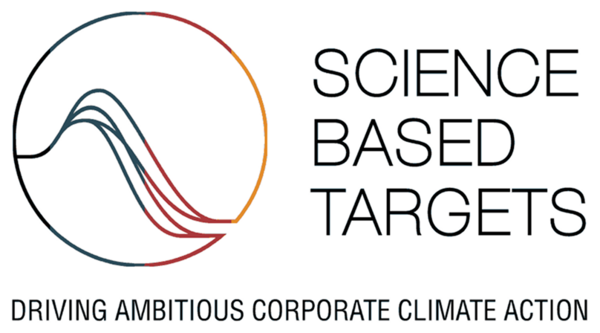

Corporate Carbon Footprint
We first calculated our UTAC Group Corporate Carbon Footprint in 2022 with the help of an external environmental consultancy. This report covered all sources of emissions from within our operations, including those from within our supply chain. This baseline data was then used as our baseline for our SBTi submissions. Since then, we have sourced a tool and have calculated our 2024 Corporate Carbon Footprint. We will use this tool to help us make informed actions on strategic and operational decision in relation to Climate.
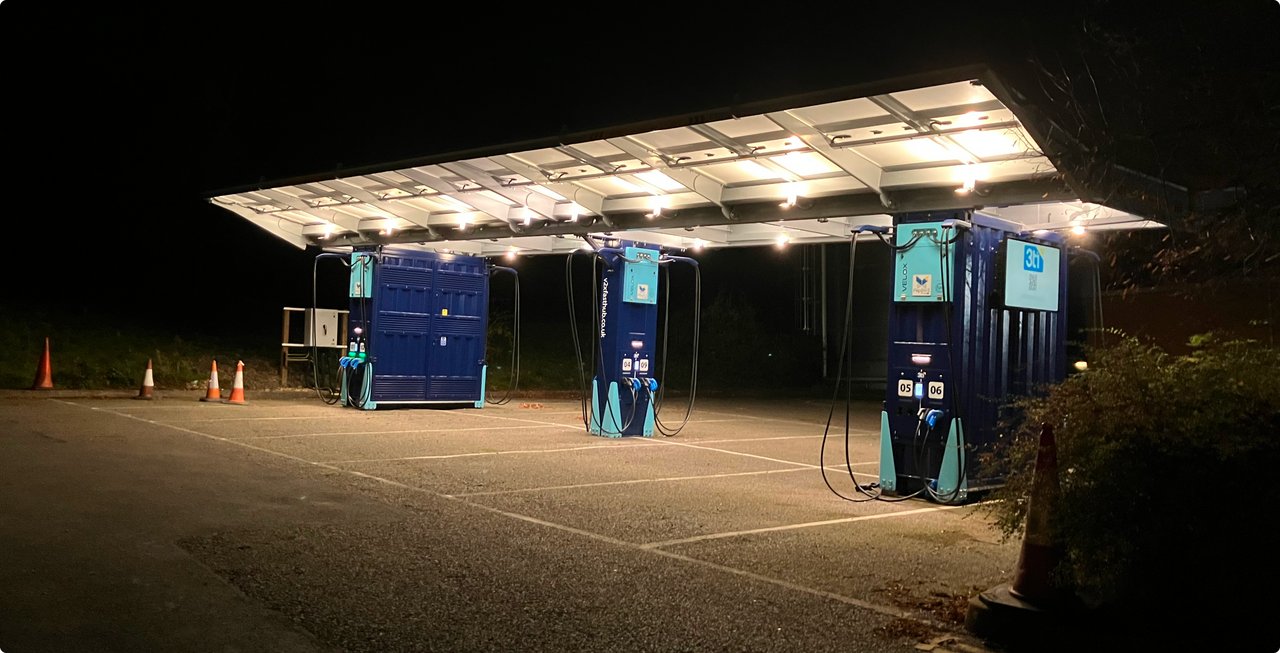
Carbon Reduction Plan
The Carbon Reduction Plan 2025 outlines our comprehensive strategy to significantly reduce carbon emissions across all operations.
The plan focuses on reducing direct emissions (Scope 1), indirect emissions from purchased electricity (Scope 2), and various categories of indirect emissions (Scope 3), such as purchased goods and services, capital goods, and fuel- and energy-related activities.
The plan emphasises the importance of collaboration across departments and continuous monitoring, and reflects our commitment to environmental responsibility and proactive climate action. The plan is a living document and will be updated regularly.

Biodiversity
Across the globe, UTAC owns and leases a large amount of land for our customer testing facilities. We are committed to protecting, maintaining and enhancing the natural environment that we have control over.
UTAC’s Eco-Initiatives
We recognise the vital importance of acting responsibly to protect our planet’s ecosystems, ensuring a healthy environment for future generations. That’s why we are deeply committed to preserving, maintaining, and enhancing the natural flora and fauna within the areas we manage, safeguarding biodiversity and supporting the long-term health of the Earth.
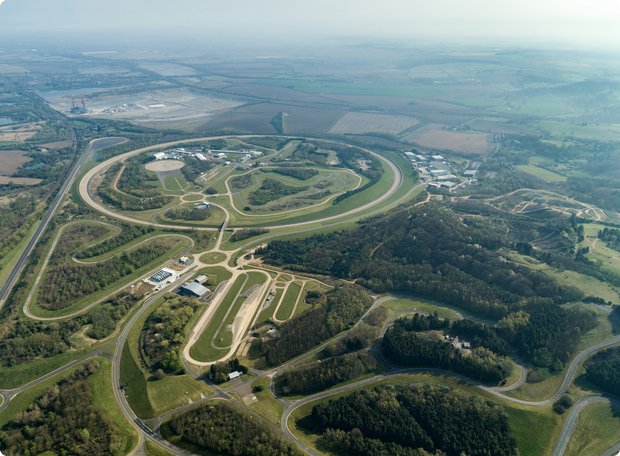
Reforestation Project
At our Millbrook site, we’ve planted 15,000 trees to establish a new mixed broadleaf woodland, adding to the 250,000 trees already planted since the site began operations.

Bats at Millbrook
Our proving grounds in the UK and France serve as important habitats for bats, including Nathusius’ Pipistrelle and Leisler’s bat. Notably, the Barbastelle bat, an indicator of high-quality woodland, has a strong presence on the site.

Biodiversity Initiative
In France, to monitor and offset the long-term impacts of local biodiversity and ecosystem redevelopment, UTAC has partnered with local authorities on a 20-year Simple Management Plan.
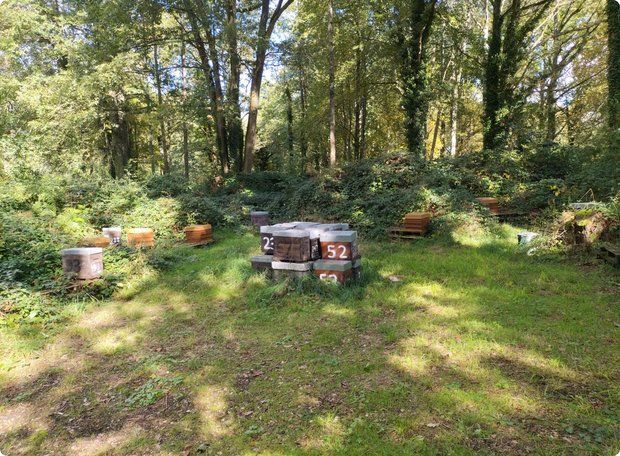
Bee Hives in Linas-Montlhéry
Beyond our sites, we’re involved in restoring forests damaged by storms in the Île-de-France and Creuze regions, covering over 50 hectares. On-site at Linas-Montlhéry and Mortefontaine, we’ve planted wildflower meadows and installed bee hives to support local pollinators.
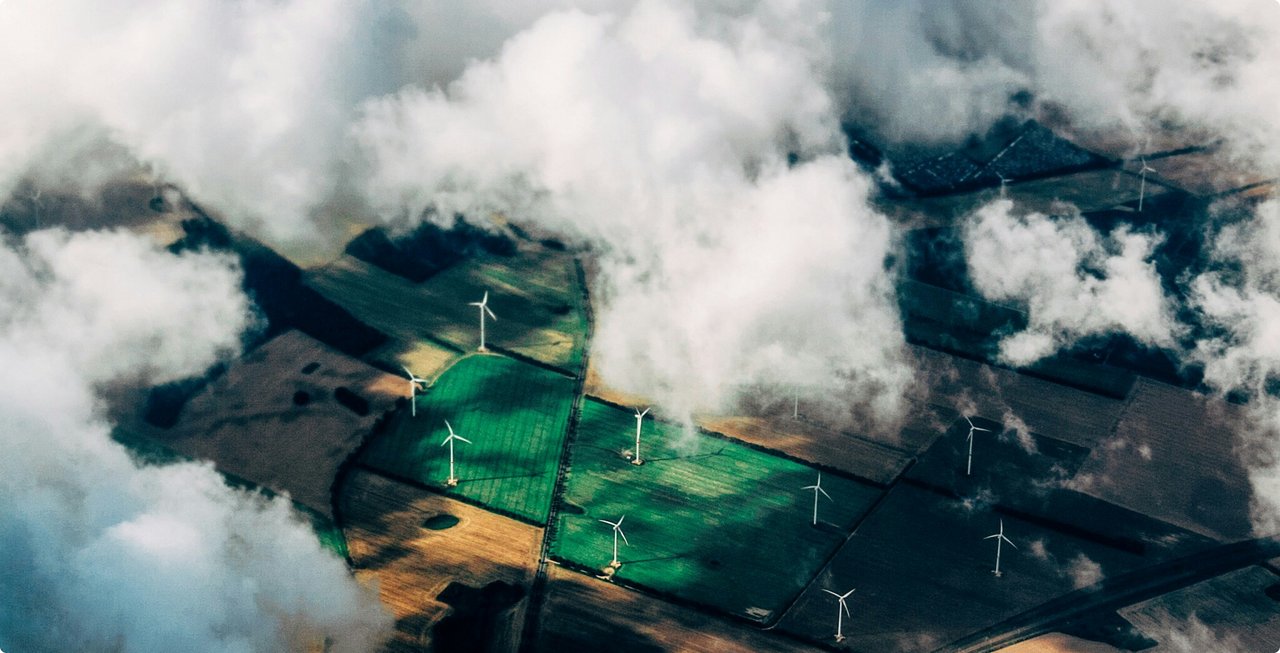
Related Documents
Do you have questions about our ESG initiatives?
We’re here to help! Whether you want to learn more about our environmental, social, and governance efforts or how we’re making a positive impact, we look forward to your questions.


